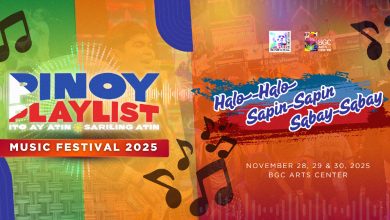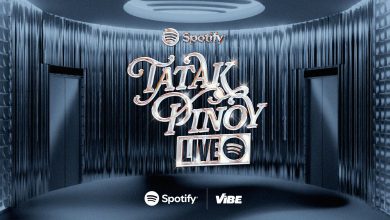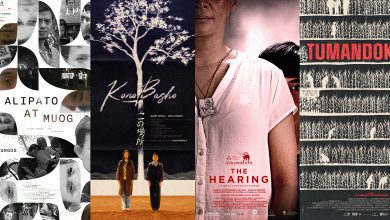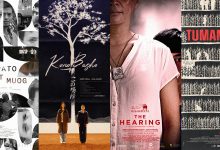MANILA, PHILIPPINES — As the countdown to the most enchanting event of the season continues, the official key art for Harry Potter 20th Anniversary: Return to Hogwarts is revealed today. The highly anticipated retrospective special is set to premiere exclusively on HBO GO on January 1, 2022.
View this post on InstagramSponsor
Announced last month, the retrospective special invites fans on a magical first-person journey through one of the most beloved film franchises of all time as it reunites Daniel Radcliffe, Rupert Grint, Emma Watson, and other esteemed cast members and filmmakers across all eight Harry Potter films for the first time to celebrate the anniversary of the franchise’s first film, Harry Potter and the Sorcerer’s Stone.
Additional Harry Potter film alumni joining the memorable tribute include Helena Bonham Carter, Robbie Coltrane, Ralph Fiennes, Jason Isaacs, Gary Oldman, Tom Felton, James Phelps, Oliver Phelps, Mark Williams, Bonnie Wright, Alfred Enoch, Ian Hart, Toby Jones, Matthew Lewis, Evanna Lynch, producer David Heyman, and filmmaker Chris Columbus, Alfonso Cuarón, Mike Newell and David Yates.
Harry Potter 20th Anniversary: Return to Hogwarts is produced by Warner Bros. Unscripted Television in association with Warner Horizon at the iconic Warner Bros. Studio Tour London—The Making of Harry Potter. The special is executive produced by Casey Patterson of Casey Patterson Entertainment (A West Wing Special to Benefit When We All Vote) and Pulse Films (Beastie Boys Story).
Filipinos can catch up on all eight Harry Potter films or stream Harry Potter: Hogwarts Tournament of Houses before the magical event on HBO GO. Subscribe to HBO GO online at http://www.hbogoasia.ph/ or the mobile app via the App Store or Play Store for as low as ₱99.70/month. Or access HBO GO via Cignal, Globe, and Skycable. HBO GO is also available on Android TV, Apple TV, LG TV, and Samsung Smart TV – and comes with AirPlay and Google Cast functionality.








